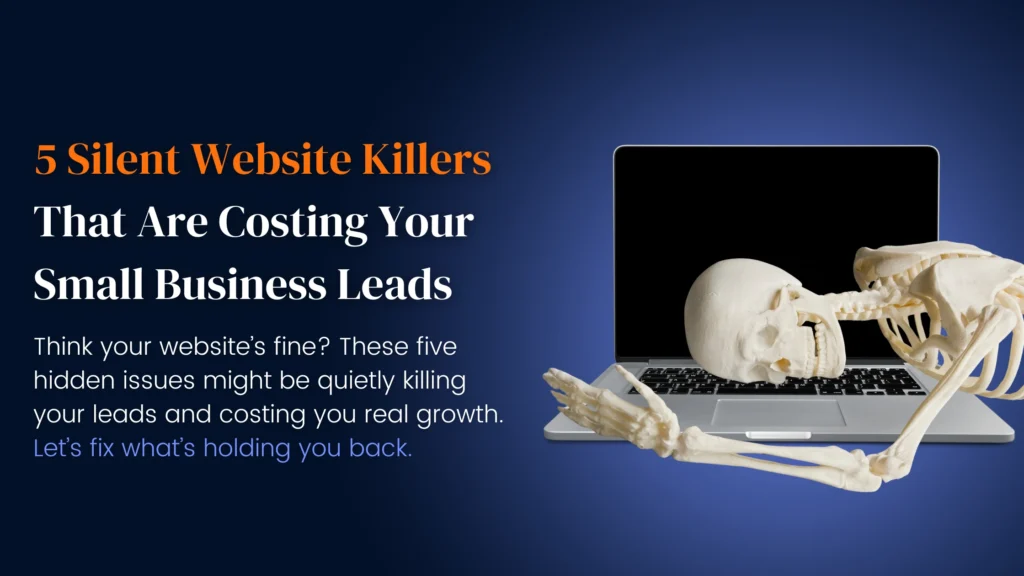A marketing strategy is a plan or approach that a business uses to market its products or services. It involves identifying the target audience for the business’s products or services and determining the best way to reach and engage with that audience.
Having a marketing strategy is important because it helps a business focus its marketing efforts and allocate its resources effectively. A well-thought-out marketing strategy can also help a business differentiate itself from its competitors, attract and retain customers, and achieve its overall business objectives.
Here are 5 simple steps to help create a custom marketing strategy that’s right for your business, aligns with your business goals, and leads to seamless execution:
Step #1: Set Your Goals
Your first step in creating a marketing strategy is to determine what you want to achieve with your marketing efforts. Initially, this may include goals such as increasing brand awareness, generating leads, or boosting sales.
However, it is important to also think of your business goals. Do you want to increase revenue 5%? Or 20%? Do you want to hire more employees? Are you looking to scale? Then work backward to find those marketing goals: How many new leads will get you to a 5% or a 20% increase in revenue? How many first time appointments do you need to hit those numbers?
At the end of the day, make sure to keep your goals SMART: Specific, Measurable, Achievable, Relevant and Time-Bound. For example, a goal like “Increase brand awareness” seems fine at first, but how can success be measured? Is it relevant to our business goals? Now take a goal such as “6 new website form submissions each month.” This goal is SMART and helps align with our business goals.
Step #2: Identify Your Ideal Buyers
Identify the specific group of people that you are trying to reach with your marketing efforts. This may involve conducting market research to understand the needs, preferences, and behaviors of your target audience.
Defining your target market is an important step in the marketing process because it helps you focus your marketing efforts on the specific group of people who are most likely to be interested in your products or services. By identifying your target market, you can tailor your marketing message and approach to better appeal to the needs, preferences, and behaviors of that audience. This can help you effectively reach and engage with potential customers, leading to better results from your marketing efforts.
In addition, defining your target market can help you better understand your customers and their needs, which can inform other aspects of your business such as product development and customer service. It can also help you allocate your marketing resources more effectively by focusing your efforts on the channels and tactics that are most likely to reach and engage your target audience.
Finally, defining your target market can help you identify and track relevant performance metrics, such as conversion rates or customer lifetime value, to measure the success of your marketing efforts.
Step #3: Competitor Analysis
Competitor analysis is the process of evaluating the strengths and weaknesses of your competitors in order to understand their competitive landscape and identify opportunities to differentiate your business. Performing competitor analysis can be helpful when developing a marketing strategy for several reasons:
Overall, performing competitor analysis can help you develop a more informed and effective marketing strategy that takes into account the competitive landscape in your industry.
Step #4: Budgeting
A budget helps you allocate your marketing resources effectively and ensure that you are able to sustain your marketing efforts over time. It also helps you prioritize your marketing tactics and focus your efforts on the initiatives that will have the greatest impact.
There are several ways to approach budgeting for marketing. One common method is to allocate a percentage of your overall revenue or profits to marketing, based on industry benchmarks or your own business goals. For example, some businesses may allocate 10-20% of their revenue to marketing, while others may allocate a smaller or larger percentage depending on their goals and resources.
Another approach is to create a budget based on the specific marketing tactics and channels that you plan to use. This can involve estimating the costs of each tactic and allocating a certain amount of money to each. This can help you ensure that you are able to invest enough in each tactic to see results, while also staying within your overall budget.
In any case, it is important to regularly review and adjust your budget as needed to ensure that it is realistic and aligned with your marketing goals.
Step #5: Tactics & Campaigns
There is no one-size-fits-all answer to this question, as the marketing tactics that work for one business may not be effective for another. The best marketing tactics for a business will depend on the previous steps, such as the target audience, industry, and overall business goals.
And once you have established a budget, figured out what your competitors are doing, and you understand where your audience is, here are some of the most effective marketing tactics. And remember, don’t try to do everything, focus on what will work for you:
Ultimately, the effectiveness of any marketing tactic will depend on the specific business and its target audience. It is important for businesses to carefully consider which tactics are most likely to reach and engage their target audience and achieve their marketing goals.
And Your Marketing Strategy is Created!
Developing a marketing strategy requires a thorough understanding of the business’s target market, its products or services, and the competition. It may involve conducting market research, setting marketing goals and objectives, and identifying the tactics and channels that will be used to reach the target audience. The strategy should be reviewed and updated regularly to ensure that it remains relevant and effective.
Now it is time to execute! You have done the preparation, now stick to the plan and follow through. Strategies will change as your business changes, as your target audience changes, as the world changes. So make sure to set time aside to revisit and realign your marketing and business goals. Contact our team for a free consultation on developing a strategy that’s right for you!





